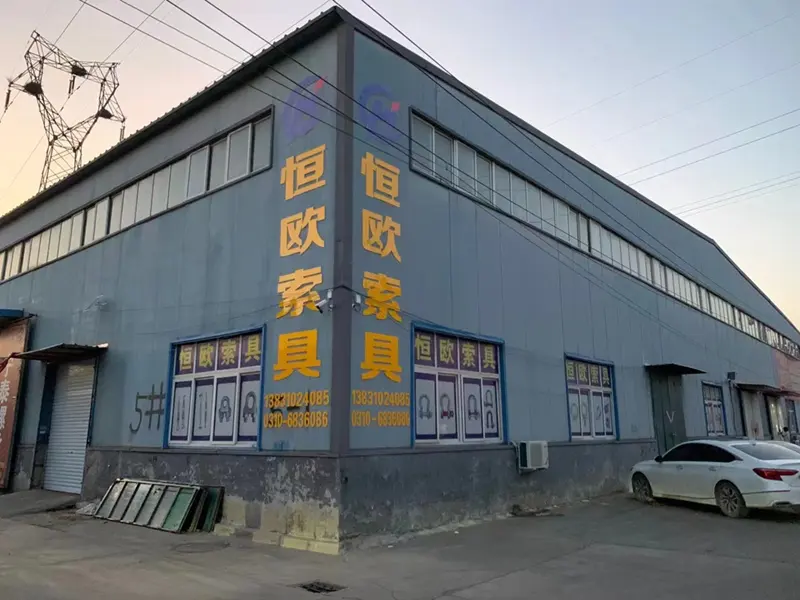
Pro . 01, 2024 22:03 Back to list
propyl methyl cellulose
The Versatile Applications of Propyl Methyl Cellulose
Propyl methyl cellulose (PMC) is a semi-synthetic polymer derived from cellulose, a natural polymer found in the cell walls of plants. Designed to offer various functional properties, PMC has become integral in a wide range of industries including food, pharmaceuticals, and construction. Its unique characteristics, including viscosity, gel formation, and film-forming capabilities, make it a preferred ingredient in diverse applications. This article explores the properties, applications, and benefits of propyl methyl cellulose.
Chemical Structure and Properties
Propyl methyl cellulose is formed by the methylation and propylation of cellulose, resulting in a compound that retains many of the desirable features of natural cellulose while also exhibiting enhanced functionality. The degree of substitution, which refers to the number of hydroxyl groups replaced by methyl and propyl groups, influences the solubility and viscosity of the polymer. PMC is soluble in cold water, making it ideal for applications where heat is prohibited.
One of the standout features of PMC is its ability to form thick, stable gels in aqueous solutions, which contributes to its use in food products as a thickening agent. Additionally, it possesses excellent emulsifying properties and can stabilize oil-in-water emulsions, making it a valuable ingredient in dressings, sauces, and dairy products.
Applications in the Food Industry
In the food industry, propyl methyl cellulose is celebrated for its functionality as a food additive. It is often used as a thickener, stabilizer, and emulsifier in products such as sauces, soups, dressings, and even ice creams. Its ability to enhance texture and mouthfeel makes it a popular choice among food manufacturers aiming to improve quality without altering flavor profiles.
Moreover, PMC's properties as a fat replacer are gaining attention, especially in products marketed as low-fat or reduced-calorie. By mimicking the texture and viscosity of fat, PMC allows manufacturers to develop products that maintain consumer acceptability while meeting dietary preferences.
Applications in Pharmaceuticals
propyl methyl cellulose

The pharmaceutical industry also benefits significantly from the properties of propyl methyl cellulose. It is commonly used as an excipient, assisting in the controlled release of active pharmaceutical ingredients (APIs). PMC can modulate the release rate of drugs, allowing for sustained therapeutic effects, which is particularly advantageous in formulations requiring long-lasting efficacy.
Additionally, PMC is utilized in the production of coatings for tablets and capsules. Its film-forming abilities create protective barriers that improve the stability of the drug, protect against moisture, and enhance swallowability without compromising solubility.
Applications in Construction
Beyond food and pharmaceuticals, propyl methyl cellulose finds its application in the construction industry. It is used in various construction materials, including tile adhesives, wall putties, and plaster. PMC improves the workability and adhesion of these materials, allowing for better performance and application.
One of the key benefits of utilizing PMC in construction is its water retention properties. It helps maintain moisture levels in mortars during application, which is crucial for proper setting and curing. This characteristic also minimizes the risk of cracking and enhances the overall durability of the finished product.
Benefits and Safety
The safety of propyl methyl cellulose has been well-researched, and it is regarded as safe for consumption by regulatory bodies such as the FDA. Its non-toxic nature and biodegradability make it an environmentally friendly option in various applications. Manufacturers and consumers alike appreciate that PMC does not contribute calories, making it an appealing ingredient in health-conscious products.
Conclusion
Propyl methyl cellulose is a versatile compound with extensive applications across multiple industries. Its unique properties allow it to serve as a thickener, emulsifier, and film-former, providing significant benefits in food products, pharmaceuticals, and construction materials. As industries continue to innovate and seek out sustainable and effective solutions, the role of propyl methyl cellulose is likely to expand, solidifying its place as an essential ingredient in modern formulations. Whether enhancing the texture of food, improving drug delivery, or ensuring the durability of construction materials, PMC showcases the remarkable potential of cellulose-derived polymers in shaping the future of various sectors.
-
Unlocking the Benefits of HPMC Products: A Gateway to Versatile Applications
NewsAug.07,2025
-
Unleashing the Potential of HPMC Ashland: A Comprehensive Look
NewsAug.07,2025
-
Tile Bonding Cellulose: The Key to Superior Adhesion and Durability
NewsAug.07,2025
-
Hydroxypropyl Methylcellulose Powder: The Versatile Component in Modern Pharmaceuticals
NewsAug.07,2025
-
Hydroxyethyl Cellulose: The Versatile Solution for Various Industries
NewsAug.07,2025
-
Hydroxyethyl Cellulose (HEC): The Versatile Polymer for Various Applications
NewsAug.07,2025







